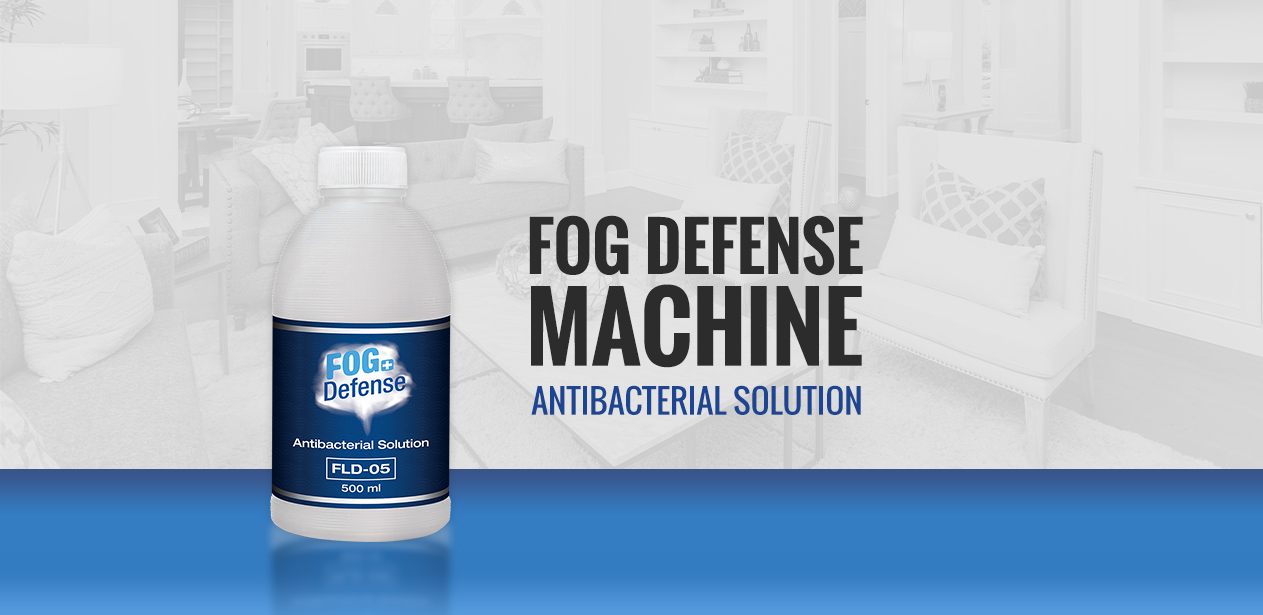Antibacterial Solution 0.5L
For Regular Sanitizing of Small Spaces
Antibacterial Liquid Solution. The FLE-05 is the standard sanitizing fluid intended for use with the Fog Defense antibacterial vaporizers. This efficient fluid is scented with pine oil and leaves no film or residue. The antibacterial chemicals used in the FLE solution are widely used in cosmetics and sanitizers and are non-toxic.Key Benefits:
- 0.5 Liter Sanitizing Fluid
- Scented w/ Pine Oil
- No Film or Residue
- Non-toxic
- FDA Registered: 90014-001-02
- NOT FOR CONSUMPTION
$89.99
Out of stock
Features
- COVID-19 virucidal active ingredient, as listed by the U.S. EPA
- The Antifungal ingredient is listed by the US.FDA.
- The disinfectant ingredient is listed by EU ECHA Biocidal Products Regulation (BPR)
- Active against viruses, verified by GLP&TAF accredited lab
- Without substances of very high concern (SVHC)
- Effectiveness proven by SGS and Super Lab (GLP&TAF accredited)
- Forms a protective layer on surfaces and objects prolonging the antibacterial effect
- FDA Registered / U.S. National Drug Code: 90014
- Neutralizes bad odors
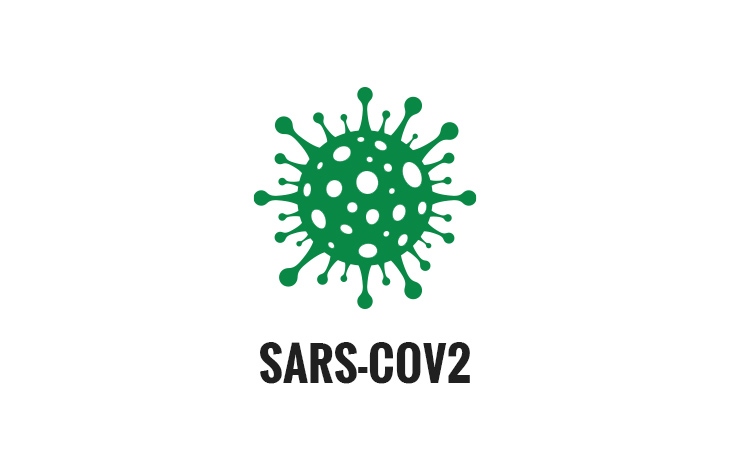

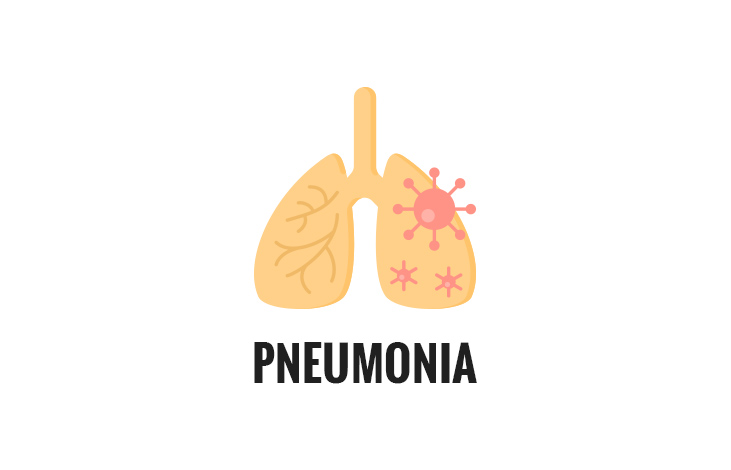
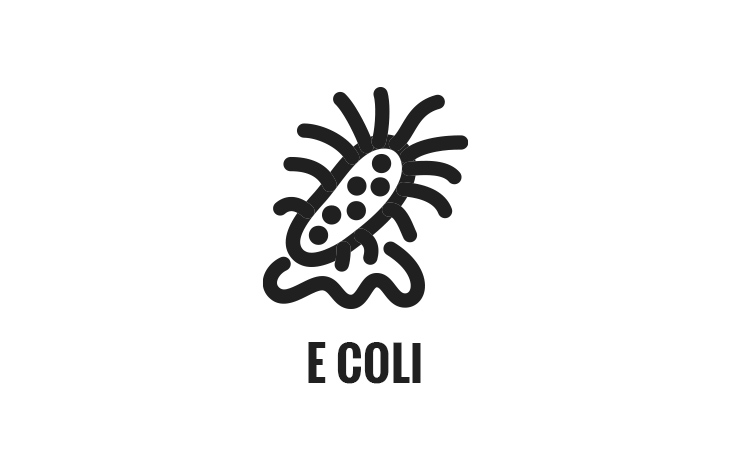
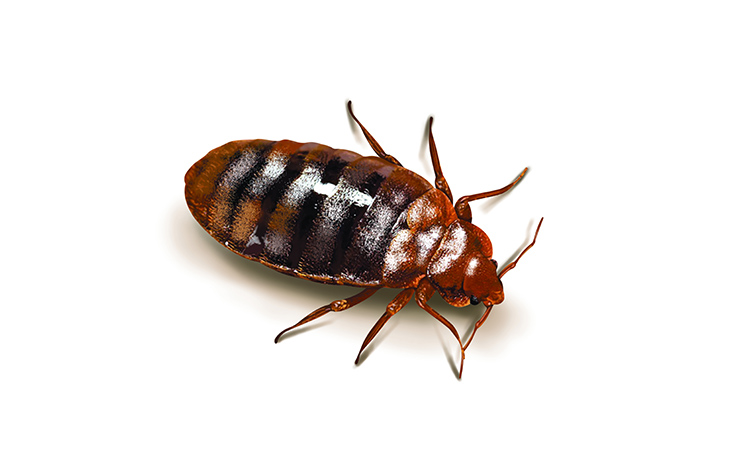
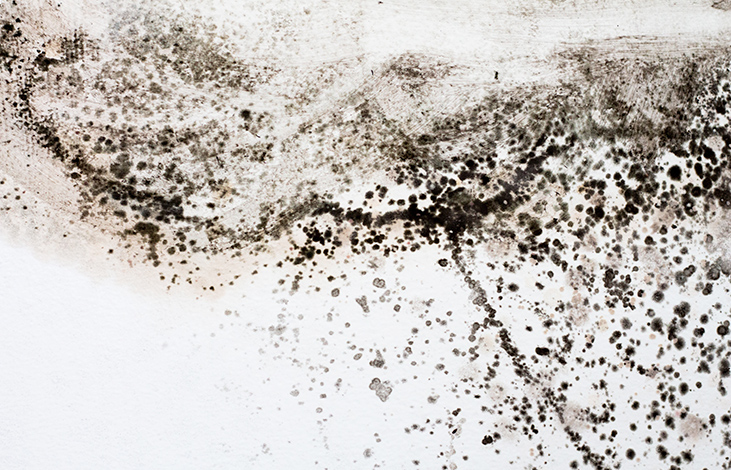
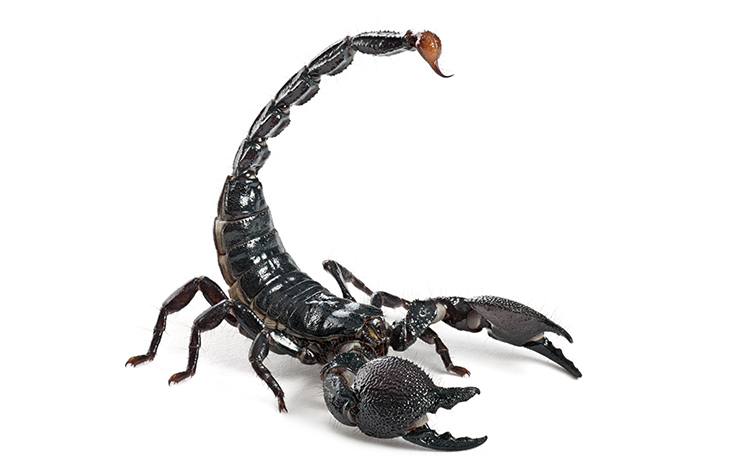
Protects Against
What is it?
COVID-19 is caused by a coronavirus called SARS-CoV-2. Older adults and people who have severe underlying medical conditions like heart or lung disease or diabetes seem to be at higher risk for developing more serious complications from COVID-19 illness.
What’s It Do?
Symptoms may appear 2-14 days after exposure to the virus. People with these symptoms may have COVID-19: Fever or chills, Cough, Shortness of breath, or difficulty breathing, Fatigue, Muscle or body aches, Headache, New loss of taste or smell, Sore throat, Congestion or runny nose, Nausea or vomiting, Diarrhea
What is it?
Methicillin-resistant Staphylococcus aureus refers to a group of Gram-positive bacteria that are genetically distinct from other strains of Staphylococcus aureus. MRSA is responsible for several difficult-to-treat infections in humans.
What’s It Do?
Methicillin-resistant Staphylococcus aureus (MRSA) is a bacterium that causes infections in different parts of the body. It's tougher to treat than most strains of staphylococcus aureus -- or staph -- because it's resistant to some commonly used antibiotics. The symptoms of MRSA depend on where you're infected.
What is it?
Infection that inflames air sacs in one or both lungs, which may fill with fluid.
What’s It Do?
Symptoms include cough with phlegm or pus, fever, chills, and difficulty breathing.
What is it?
Escherichia coli, also known as E. coli, is a Gram-negative, facultative anaerobic, rod-shaped, coliform bacterium of the genus Escherichia that is commonly found in the lower intestine of warm-blooded organisms.
What’s It Do?
What are the symptoms of an E. coli infection? Stomach pains and cramps, Diarrhea that may range from watery to bloody, Fatigue, Loss of appetite, or nausea. Vomiting, Low fever < 101 °F/ 38.5 °C (not all people have this symptom).
What is it?
Bed bugs are insects from the genus Cimex that feed on human blood, usually at night.
What’s It Do?
Their bites can result in a number of health impacts including skin rashes, psychological effects, and allergic symptoms.
What is it?
Stachybotrys chartarum, also known as black mold or toxic black mold, is a variety of microfungus that produces its conidia in slime heads.
What’s It Do?
The most common black mold symptoms and health effects are associated with a respiratory response. Chronic coughing and sneezing, irritation to the eyes, mucus membranes of the nose and throat, rashes, chronic fatigue and persistent headaches can all be symptomatic of black mold exposure or black mold poisoning.
What is it?
Scorpions are predatory arachnids of the order Scorpiones. They have eight legs, and are easily recognized by a pair of grasping pincers and a narrow, segmented tail, often carried in a characteristic forward curve over the back and ending with a stinger.
What’s It Do?
Scorpion stings can be painful, but the vast majority of them are harmless. Some species, however, can inflict potentially fatal stings. Stings are most serious in young children and in the elderly. Mild symptoms include pain and swelling at the sting site. Severe symptoms include muscle twitching, sweating, and drooling. Most stings don't need treatment. Severe cases may need anti-venom.
